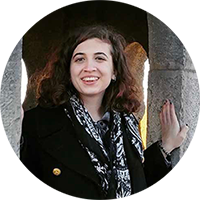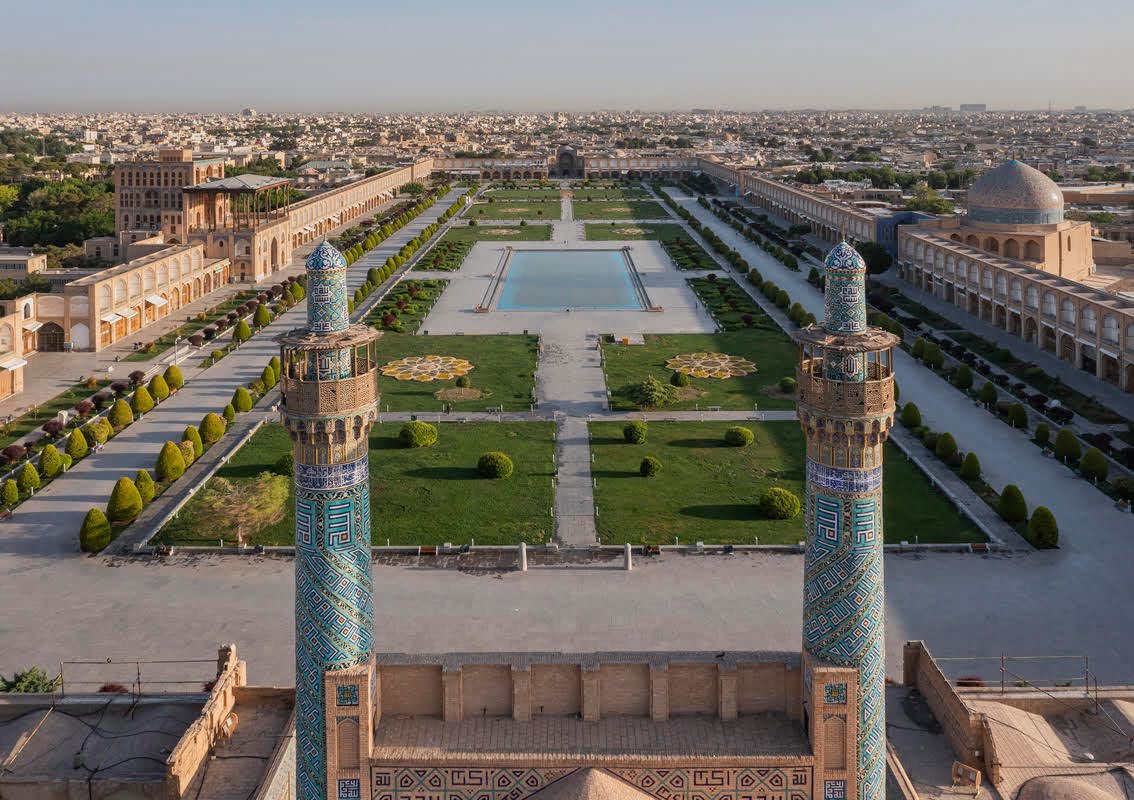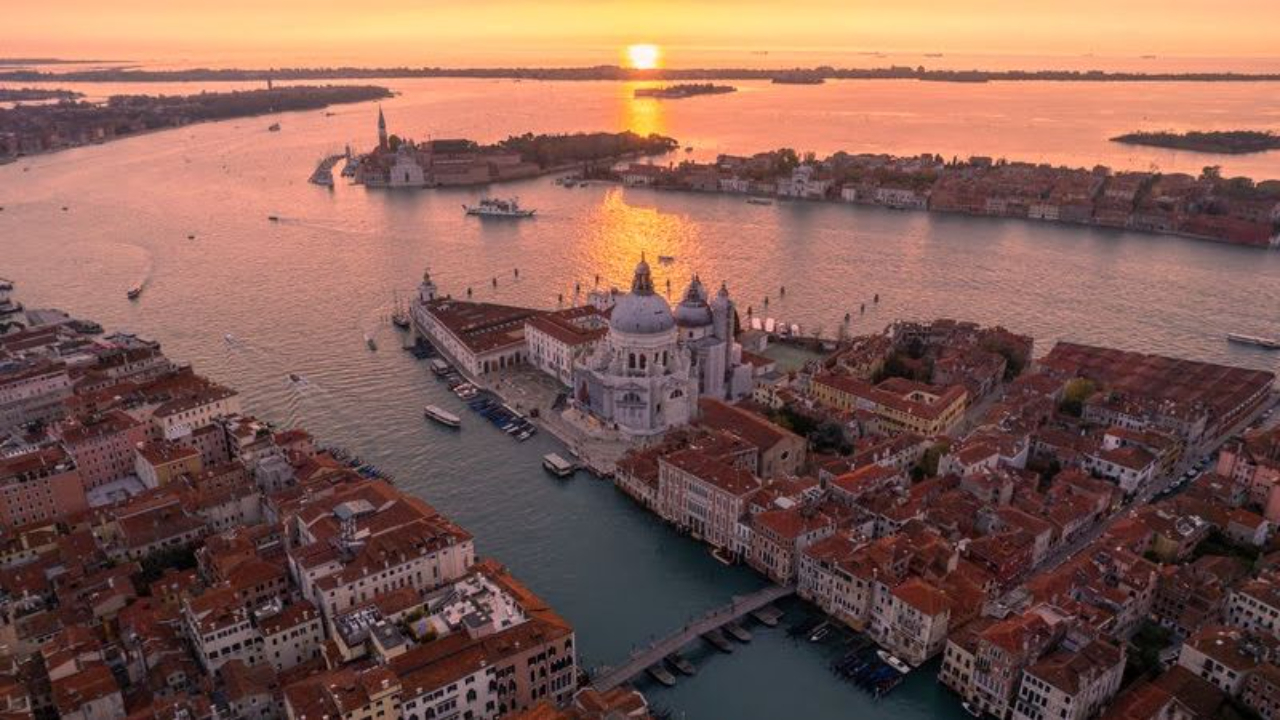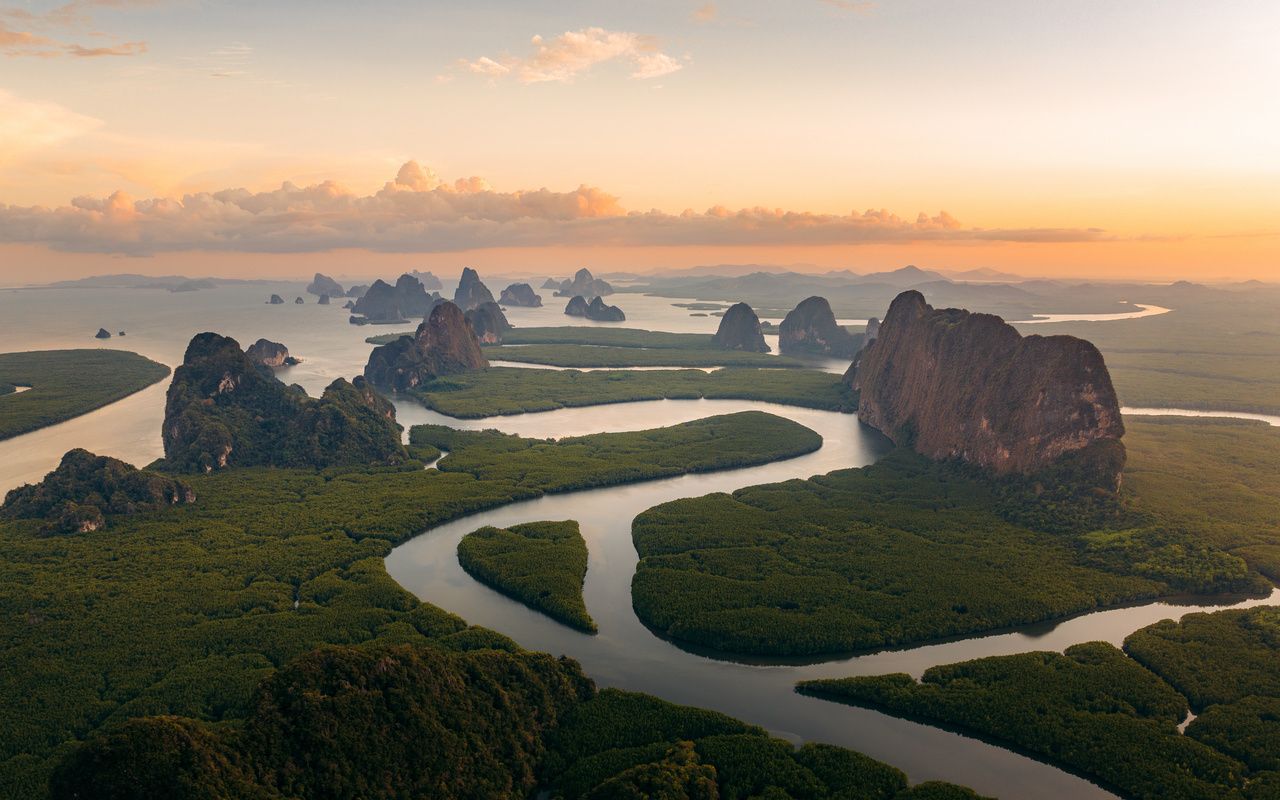Iran From Above, a Persian Drone Tour
From the glittering domes of Isfahan to the stark Dasht-e Lut desert, Iran has many beautiful destinations that are rarely seen from above. On an Amazing Aerial Photo and Drone Tour, with the help of local partner, Amazing Aerial’s Sergey Semenov secured drone permission and shared his bird’s-eye view of Iran with Amazing Aerial Magazine.
Aug 20, 2025

Naqsh-e Jahan Square, Isfahan. Its unique architecture was one of the most memorable sights on the trip to Iran organized by Amazing Aerial. © Amazing Aerial Agency / Sergey Semenov
 By Rebecca Duras
By Rebecca Duras
Sergey Semenov cannot stop talking about Isfahan. “It’s like something from fairy tales and old legends,” he exclaims. In conversation with Amazing Aerial Magazine while in transit to yet another shooting, he adds that he’s already thinking about returning with his family to show them the majestic Persian architecture.
After a planned Amazing Aerial Photo Tour to Iran was postponed for safety reasons, Sergey got the contact of Mr. Hossein Zali, the local partner that was helping Amazing Aerial Agency organize the trip. Hossein, who has a travel agency in Iran, worked tirelessly to make the Amazing Aerial Photo Tour happen for Sergey and a few of his colleagues from Russia, securing photo permissions, including permission to fly drones, which is rarely granted to foreign visitors to Iran.
Over 13 days in late April and early May, 2025, Sergey and a few of his colleagues traveled all over Iran. The images they captured during this trip show a country with beautiful landscapes, some of the oldest cities in the world, and friendly people, images that travelers who only know about Iran from the news would find unfamiliar.
An Itinerary Tailor-Made for Photographers

The sun rises over the Arg-e Bam citadel.
Sergey arrived in Iran with two other photographers and a drone operator for the DJI Inspire 3. They were met with a whirlwind itinerary that Hossein had originally prepared with Paul Prescott of Amazing Aerial.
Sergey notes that the tempo of the trip might have exhausted less experienced travelers. “From one point of view it was very good because you can see a lot of different places in the country, he said, “but then we realized we had no spare days in case of bad weather or something else going wrong.” Thanks to Hossein’s meticulous planning (and some luck), nothing went wrong.

The team stops in the Dasht-e Lut desert, the hottest place in the world.
After landing in Tehran, the first stop was the Dasht-e Lut desert, the hottest place in the world. “We knew that we had come at the end of the tourist season when the temperatures were getting high, but we didn’t expect that the temperatures would be so extremely high,” he said. During the day temperatures were as hot as 48 degrees Celsius.
Extreme temperatures and weather conditions make photography difficult because of its effects on the photographers and equipment, but Sergey says they experienced minimal problems. “One of our iPhones died and only started working again after we came back to the hotel and put it back on the AC,” he says, “but the drones, including the Mavic, Inspire, and GoPro worked fine.” It’s a testament to the resilience of Mavic drones, Sergey’s previous experience in the desert, and Hossein’s forethought to secure vehicles with good air conditioning for driving in between shoots that the team captured beautiful imagery from the desert despite extreme conditions.
The Shazdeh Garden sticks out from the desert.
Even Hossein, as a local, was affected by the extended trip in the desert, and he remembers the pleasant shock he experienced when the team stopped in an oasis. “Although it was my second or third time there, after two days of being in a desert, when you go to a place with palm trees, rivers, waterfalls, and birds flying all around you, this is an experience that cannot be transferred into words,” he says.
After the desert, the crew visited the citadel of Bam and the islands of Qeshm and Hormoz in the Persian Gulf. They ended the trip by visiting Isfahan and surrounding villages. The itinerary was designed to showcase the diversity of Iran, from the tropical mangrove forests on the coast to the UNESCO-protected heritage architecture of Bam and Isfahan.
The majestic Shah Mosque in Isfahan, photographed from above.
The diversity of the itinerary suited Sergey’s project. “We wanted to shoot a 360-degree video documentary called, “Welcome to Iran,” he says. Using three small drones and the Inspire 3, the team gathered a diverse portfolio. “We created a virtual tour, so we were shooting photographs, 360 panoramas, videos, and 360 videos,” he says.
Hossein used his experience working with photographers to design a trip that would appeal to visual creatives. “We have the experience of organizing many photography tours from almost all continents,” he says.
The ruins of Keshit in the desert.
For Hossein, the satisfaction he sees on his guest’s face when they first catch a glimpse of an unfamiliar sight is the most rewarding part of his job. “So okay, this place that I thought would be interesting is interesting to them as professional photographers, that is a good moment for me,” he says.
The Tedious Paperwork Needed to Make Beautiful Photos Possible

The mangrove forests of Qeshm surprised Sergey and his fellow travellers, who were not expecting to find such a lush paradise on the Iranian coast.
Sergey’s journey to take beautiful photos in Iran required covering bureaucratic obstacles as well as the physical distance. Obtaining photography permission, especially aerial permission, for foreign photographers in Iran is quite difficult.
Paul Prescott originally conceived of a group trip to Iran via Amazing Aerial that would help photographers overcome this challenge. However, he had to postpone the planned trip due to logistical and political reasons, after already connecting with Hossein. “I didn’t want to put anybody at risk,” he explained his decision. After Sergey reached out expressing interest in visiting Iran anyway, Paul was happy that the tour could continue, even in a reduced format.
 Another view of the majestic Bam fortress rising out of the desert.
Another view of the majestic Bam fortress rising out of the desert.
For Sergey, the trip cancellation was a disappointment because he had been excited to go to Iran, especially if someone else would be handling the paperwork. “I wanted to join the group of photographers on a photo trip to Iran because Paul said that everything, all the permits, all the paperwork, will be done by the inviting party, which was Hossein’s company,” he says. “That attracted me very much because I know how hard it is to get permits, especially in such a country like Iran.” After the trip was cancelled, Sergey and Paul agreed that it would be a shame for the preparations to go to waste, so Paul connected Sergey with Hossein.
Turquoise minarets frame the splendor of Naqsh-e Jahan Square, Isfahan, considered one of the most beautiful squares in the world.
Despite his experience with organizing photo tours for international visitors, Hossein admits that organizing all the permits for Sergey and his team was a challenge. “This was only our second experience of having a foreign group of drone photographers,” he says. “We managed to convince the related authorities and to get all the necessary permits from different organizations and governmental entities that were involved in this process.”
Due to the sensitive nature of the trip, Hossein accompanied the group himself as they traveled around Iran to make sure local authorities were aware of the group’s permits. “I had the role of the tour guide, which meant giving them information about the locations we visited and to facilitate the process if somewhere we needed to double-check the permits or arrange other things.”
The Zayandeh River carves through Isfahan, which is a bustling modern city with over 2 million people.
Sergey recalls Hossein’s efforts to manage paperwork while they were in Iran. “At every spot he kept the big package of all the permits with him, and every time the police or security guards came to us he explained everything,” he says. After managing paperwork on his own for countless trips, Sergey is full of appreciation for the task that Hossein had ahead of him. “I would say the special work and for me, very annoying work, that makes photography possible was carried by Hossein,” he adds, listing the times Hossein helped the photographers navigate encounters with customs, the police, and local security forces. “It’s a big job.”
Vehicles line up against a chasm cutting through the bare desert landscape.
Besides managing legal logistics, Hossein and his team also took care of other logistics such as hotel stays, car rentals, and transportation between different destinations in Iran. Sergey was impressed by the quality of the service and facilities he experienced along the way, and even more impressed by Hossein’s attentiveness to make sure that every detail of the trip was smooth. “Everything about logistics was covered by Hossein and he did everything perfectly,” Sergey says.
Telling a Different Story About Iran
The Shazdeh Gardens, illuminated at night.
Before visiting Iran, Sergey heard a lot from friends and colleagues that had been to the country before. While some said that Iran was amazing, others were absolutely negative and said that it felt like a police state.
“That’s bullsh-t,” laughs Sergey, commenting on the stereotypes of Iran he heard. “Of course, I’m not so stupid to take the camera and push it in the faces of unfamiliar people, but everything related to landscape photography and drone photography was very smooth.” With Hossein in charge of logistics, Sergey could focus on taking photos and videos and telling the story of Iran.
The sun kisses the walls of Bam fortress and surrounding buildings as it sets.
For Sergey, the trip to Iran was one surprise after another. “I was surprised by the islands, I was surprised by the desert,” he says. “Bam citadel, I didn’t expect that such architecture exists in Iran.” He was also surprised by the quality of the tourist infrastructure he encountered while in the country. “I knew that the country was under sanctions for many years, but the level of comfort in the hotels, at the architecture and service level, especially in the big cities, was very high.”
Isfahan was the destination that stood out the most for Sergey, with its glittering architecture exemplifying the history of the Silk Road, but he was surprised by how beautiful the smaller villages he visited along the way were. “When we arrived in the country, I realized that there are so many pearls, like a small pearl on the necklace chain of our trip,” he says.
The illuminated Si-o-se Pol bridge glows softly in the dusk, Isfahan.
Iran is just the latest seemingly inaccessible destination that Amazing Aerial members have photographed. “In terms of business if you come back with photos from places that are less known, of course magazines are going to be more inclined to want to use those photos,” Paul Prescott says, giving one reason why it matters so much that photographers on the Amazing Aerial team seek out different destinations. “Also our team would like to go to places less traveled and experience those places.” Paul himself finds that the dispatches from new places are helping him cure his travel burnout, which he sustained after working as a photographer. “Our desire is to meet different cultures and understand them and that they understand us, and it’s more of an exchange than just taking,” he says.
A timeless village cascades down the slopes in Abyaneh, Isfahan Province. Sergey was as impressed by the villages of Iran as he was by the beauty of Isfahan.
Hossein has experienced Iran from the perspective of his foreign guests many times, and he notes that one thing stands out. “Based on my experience of working with tourists from many countries in the world, when I ask them after the trip, what was the most interesting thing you saw in Iran, I’m waiting to hear Persepolis or Naqsh-e Jahan Square [in Isfahan], but in 95% of cases the answer I hear is the people of Iran,” he says.
The welcoming nature of the people stood out for Sergey as well. “When people saw I was shooting something with my phone, they didn’t react negatively,” he says. “They came over and said, oh hello, what country are you from, welcome to Iran, and so on, so they were absolutely friendly.” The welcoming nature to foreigners and curiosity about their work impressed Sergey and his entire team during their trip.
The ethereal forms of Qeshm, one of Iran’s hidden pockets of beauty, look nearly abstract from above.
Persian hospitality is just one of the aspects of the country that Sergey wants to share with the world. “I always try to show the places I am visiting in the best way,” he says. “So, local people can see how beautiful their home is, and people who have never been there can become inspired to visit it.”
Hossein hopes that these photos can complicate the narrative people have about Iran. “Many people around the world see Iran through a political lens, which doesn’t let them see the realities and attractions of Iran,” he says. “That is what I want the world to know, that Iranian people are kind and hospitable, and this is the reality of my country.”
Stay updated when we post new articles.
We hate SPAM. We will never sell your information, for any reason.


















